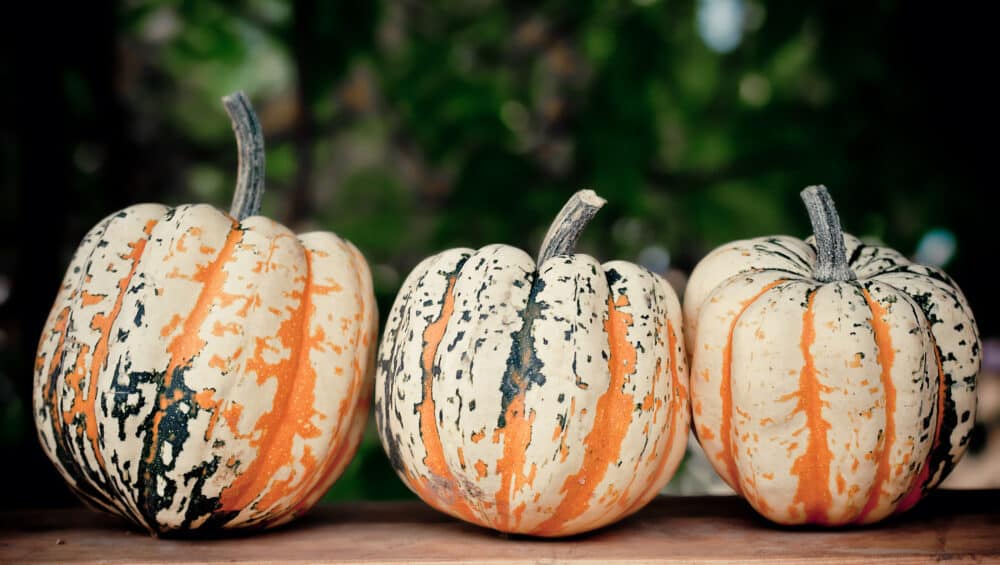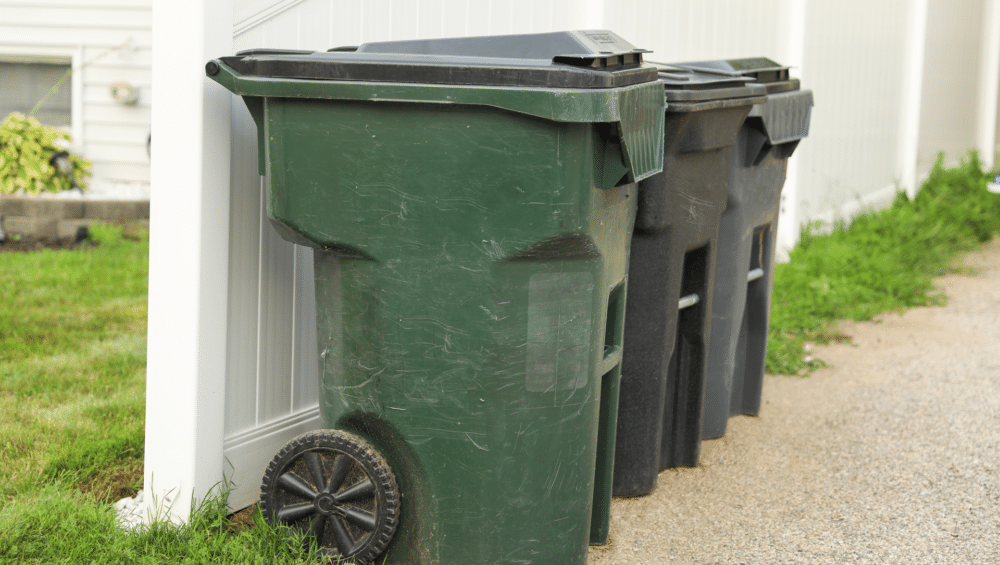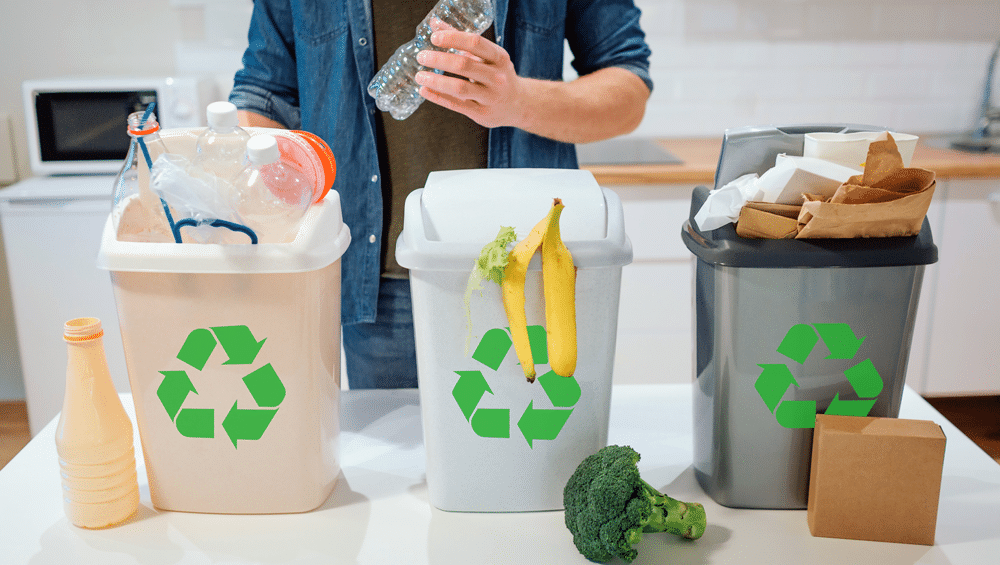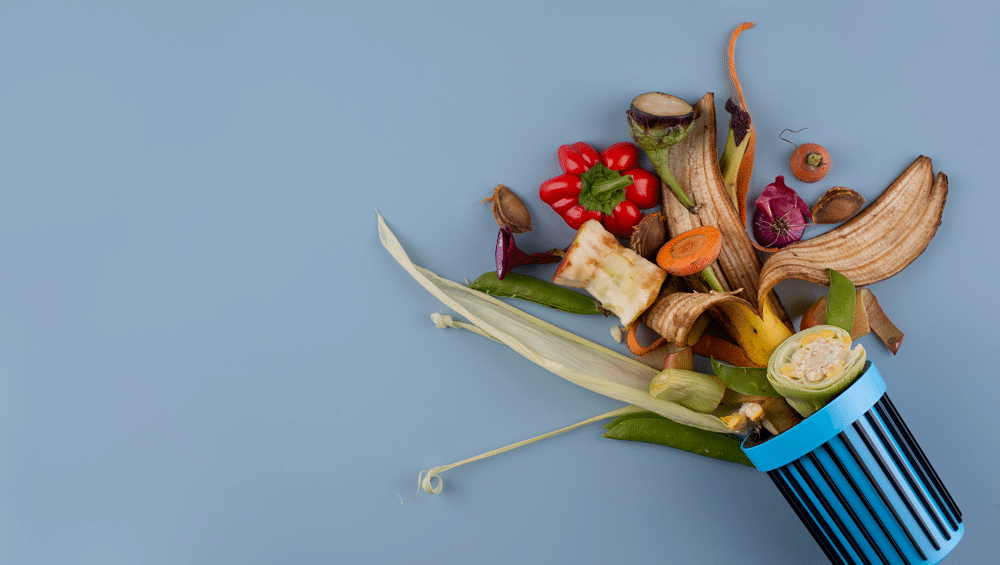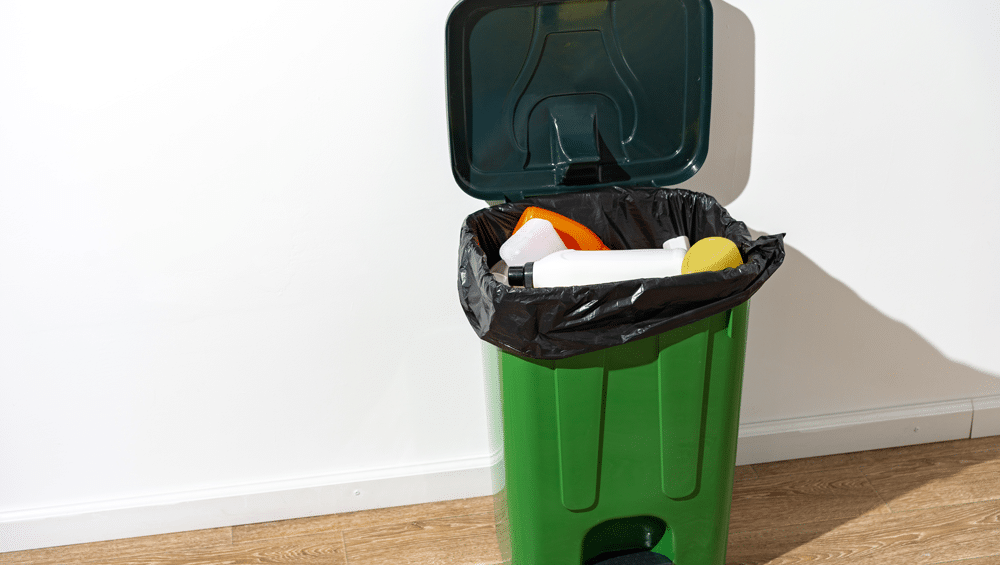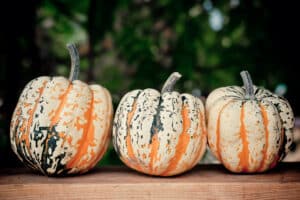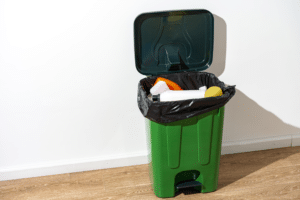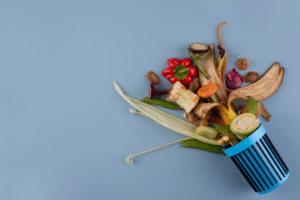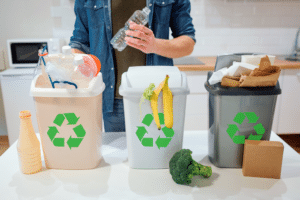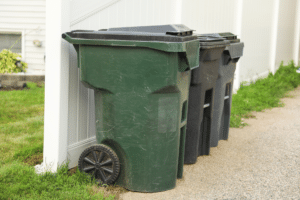With fall festivities starting this October, it’s time to bid farewell to our trusty jack-o’-lanterns. But wait—before you toss those pumpkins in the trash, why not consider some eco-friendly disposal options? At Trash Can Buddy, we’re all about sustainable waste management, so here are some creative ways to give those pumpkins a second life post-Halloween:
1. Compost Them: Pumpkins are organic waste that can break down naturally, making them perfect for composting. Remove any candles or decorations, chop the pumpkins into smaller pieces, and add them to your compost bin. In no time, you’ll have nutrient-rich compost to use in your garden.
2. Feed Wildlife: Local wildlife creatures like squirrels or birds would appreciate a post-Halloween pumpkin snack. Find a secluded spot in your backyard and place the pumpkins there. Not only does it provide a natural food source for animals, but it also reduces food waste.
3. Organize a Pumpkin Smash Event: Get your community involved by organizing a fun Pumpkin Smash event. Participants can bring their used pumpkins, and you can smash and compost them together. It’s a great way to connect with neighbors while promoting eco-friendly practices.
4. Create Pumpkin Puree or Soup: If your pumpkins are still in good shape, consider turning them into delicious treats. Roast the pumpkin flesh, blend it into a smooth puree, and use it in recipes like soups, pies, or muffins. Waste not, want not!
5. Bury Them: For those with outdoor space, burying pumpkins is another eco-friendly option. Dig a hole in your garden, place the pumpkins inside, and cover them with soil. Over time, the pumpkins will decompose, enriching the soil with nutrients.
By exploring these eco-friendly ways to dispose of Halloween pumpkins, you can reduce waste, support local wildlife, and contribute to a more sustainable environment. Let’s ensure our Halloween festivities end on a green note this year!
Remember, a cleaner and greener future starts with small actions like these. Happy disposing, eco-warriors! 🎃🌿 Remember to keep the lids on with our secure Trash Can Buddy.
#TrashCanBuddy #EcoFriendlyDisposal #SustainableLiving

